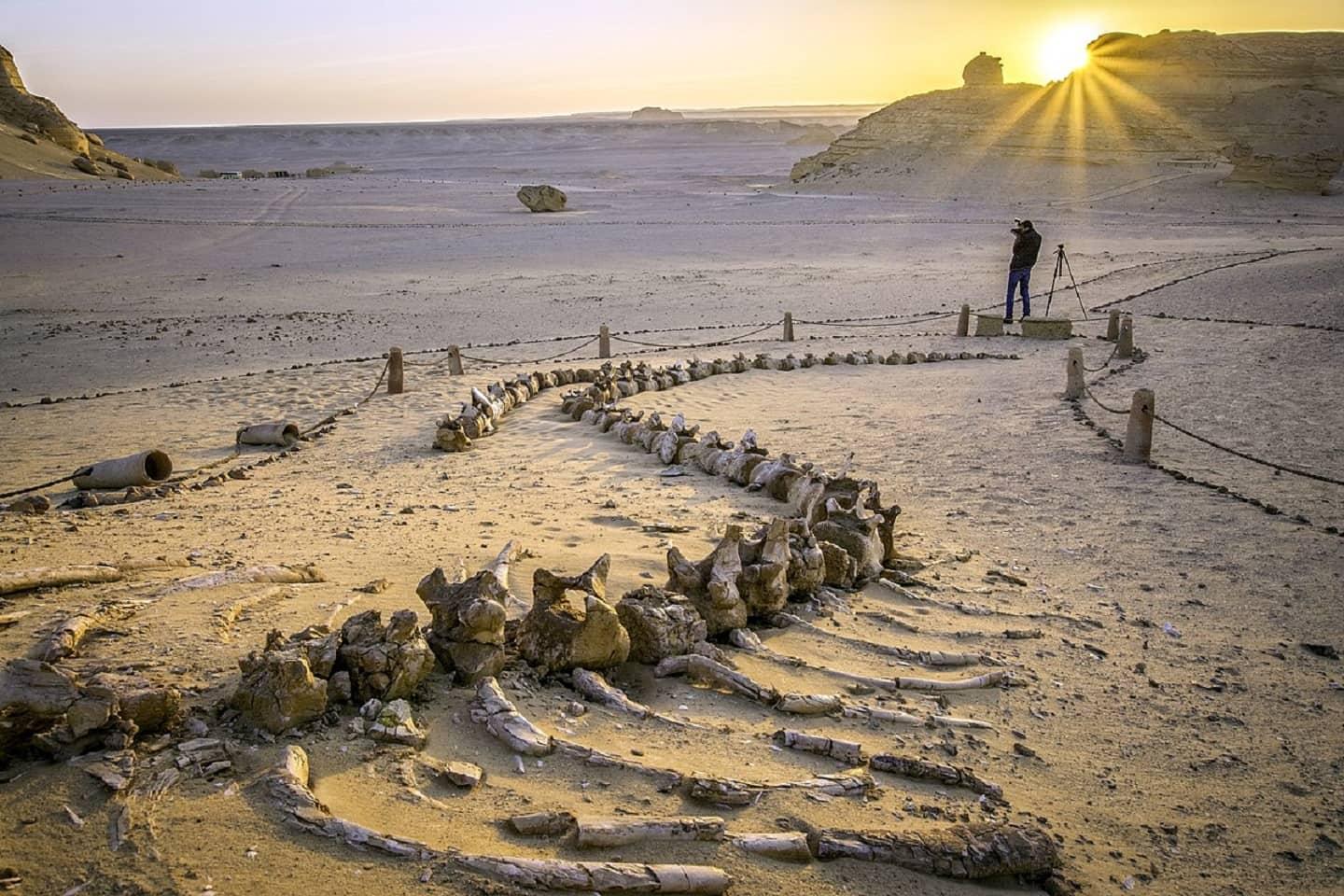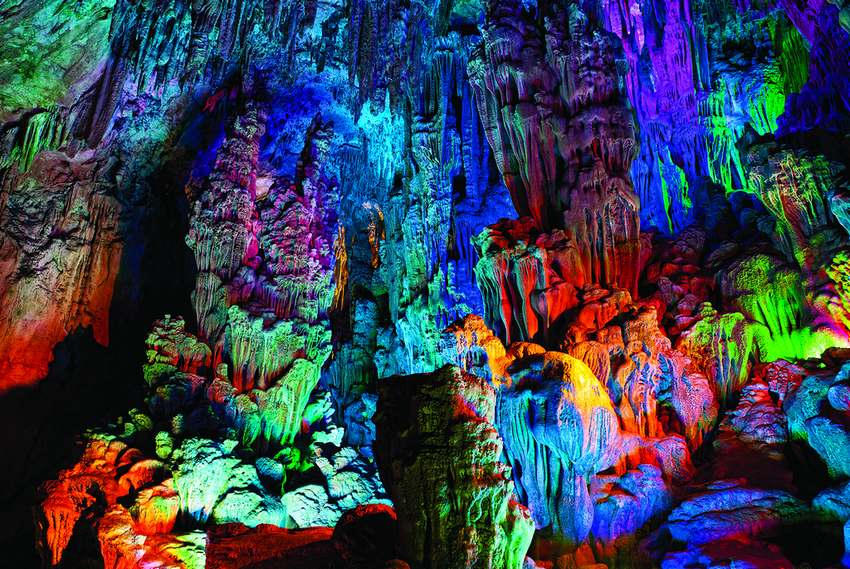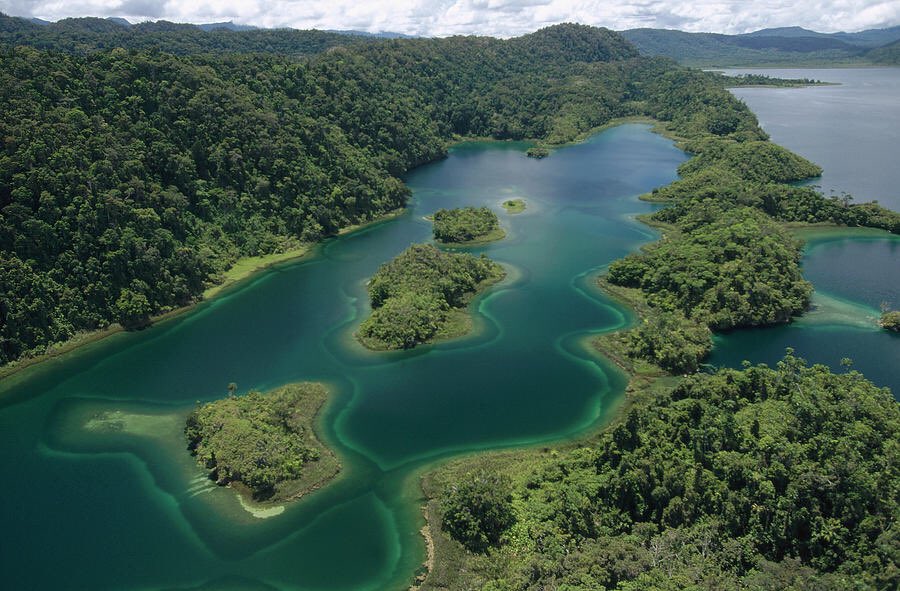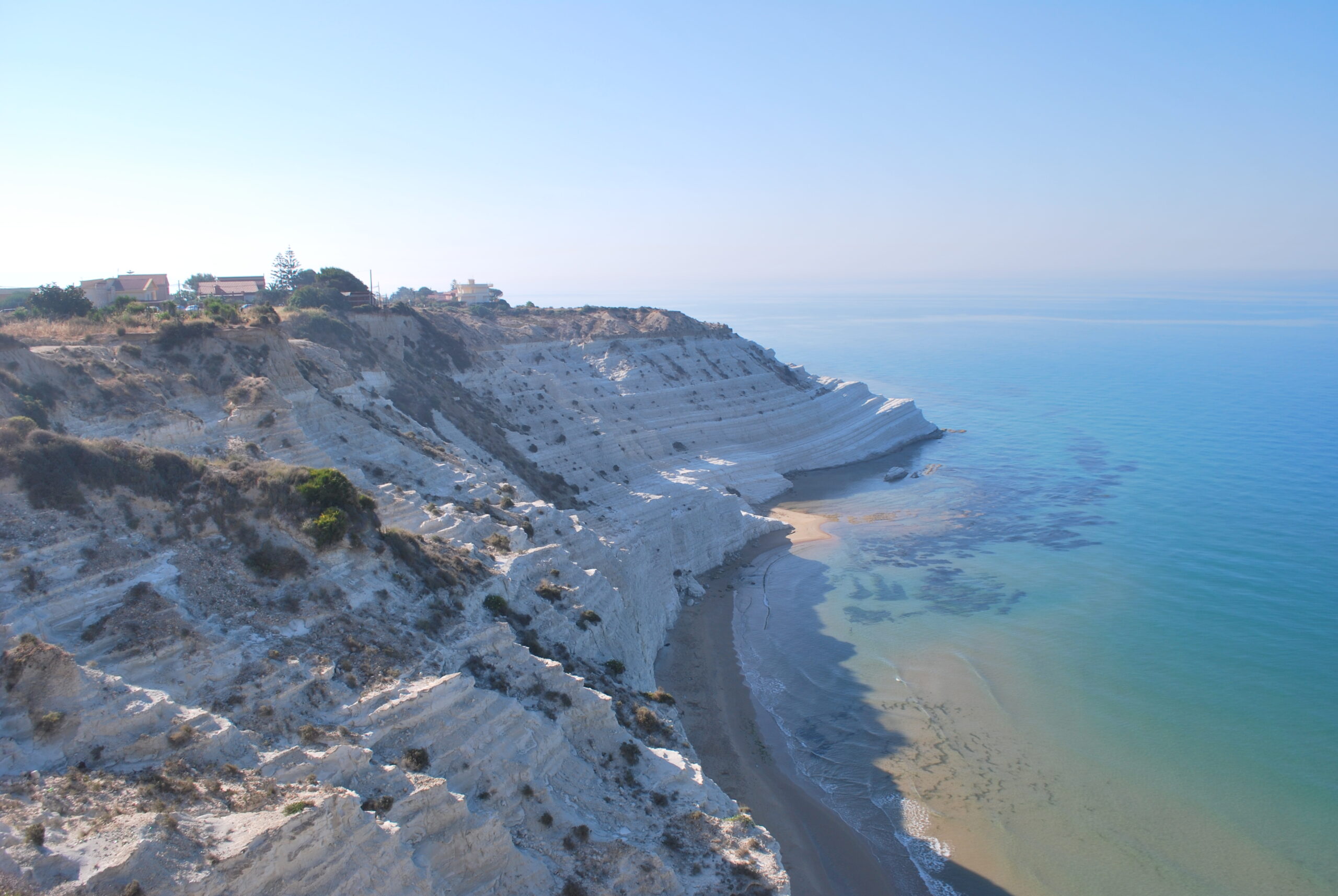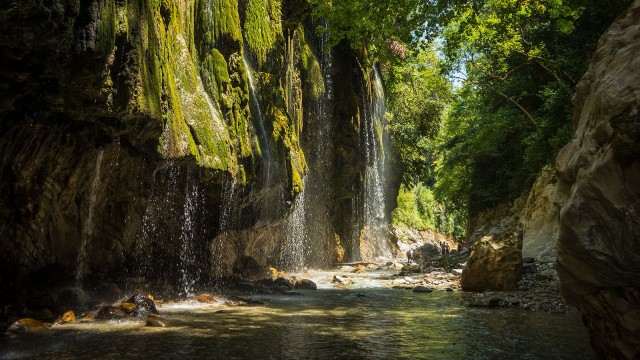A UNESCO World Heritage site since 2005, Wadi Al Hitan, is an open-air museum that offers a puzzling depiction of the evolution of life.
The skeletons of hundreds of gigantic whales, sharks, and infinite fossils fill the desert valley, which is also known as The Valley of Whales, painting a vivid picture of the sheer scale of its wondrous inhabitants of 40 million or so years ago.
From a distance, these incredibly preserved bones resemble winding teeth jutting out of the desert.
This valley is also home to the informative Fossil and Climate Change Museum that mimics the natural surroundings and could easily pass as a dwelling in a "Star Wars" film.
The centerpiece of the one-room museum is the prehistoric Basilosaurus.
This phenomenal 60-foot long fossil, thought to be the largest intact fossil of the ancient whale, is one of several extinct Archaeoceti fossils that can be found in the area.
The Basilosaurus possessed two tiny hind limbs, believed to be useless for movement, that protruded from its flanks, offering evolutionary evidence of the whales’ transition from land to marine life.
